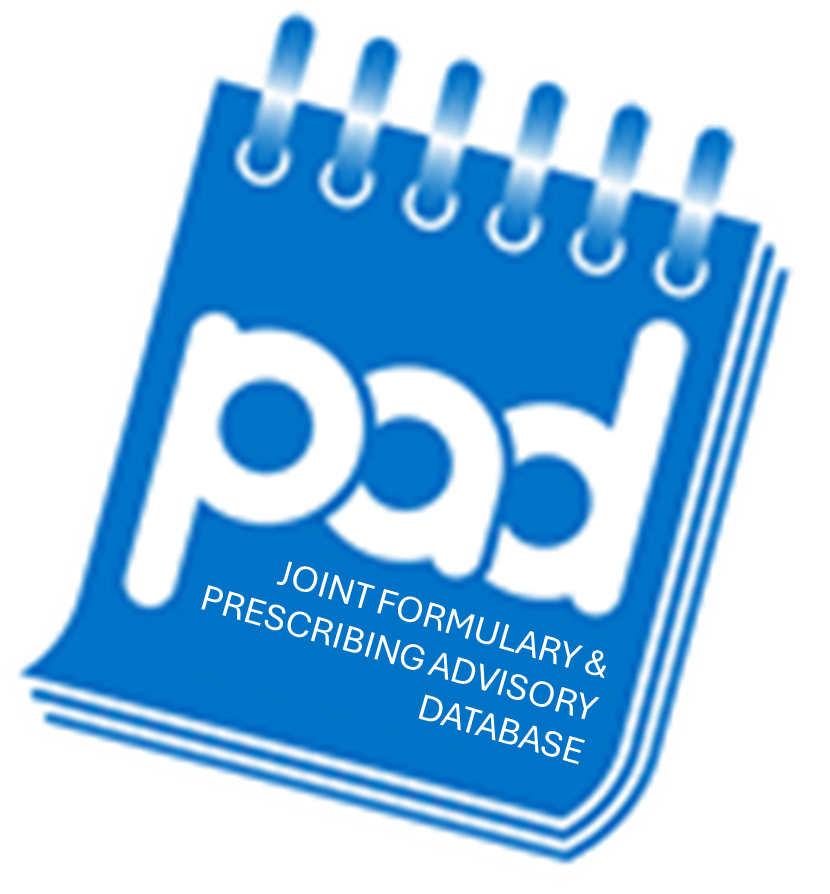
Tolterodine - Overactive bladder (adults)
You are here : Home > Formulary Search > Tolterodine - Overactive bladder (adults)
Status 1
- Immediate release tablets
Status 2
- Modified release tablets
Switch to solifenacin (or formulary alternative) recommended
Documentation
PAD Profile
Committee Recommendations (2)
The APC supports patients in trialling a treatment break of their overactive bladder medicines.
A "Leaflet for trial of stopping anticholinergics" can be found in the documents section below.
Solifenacin is the 1st line treatment option.
Tolterodine immediate release is an alternative 1st line treatment option in patients with renal impairment (GFR <30mls/min)) and can be commenced at lower doses.
See Selection Tool for locally agreed OAB treatment options
Tolterodine modified release tablets are non-formulary. It was agreed by the APC that tolterodine MR can be switched to solifenacin (or an alternative formulary option) if approrpiate.
Other Indications
Below are listed other indications that Tolterodine is used to treat.
- No records returned.
Other Drugs
Below are listed other drugs that are used to treat Overactive bladder (adults).
